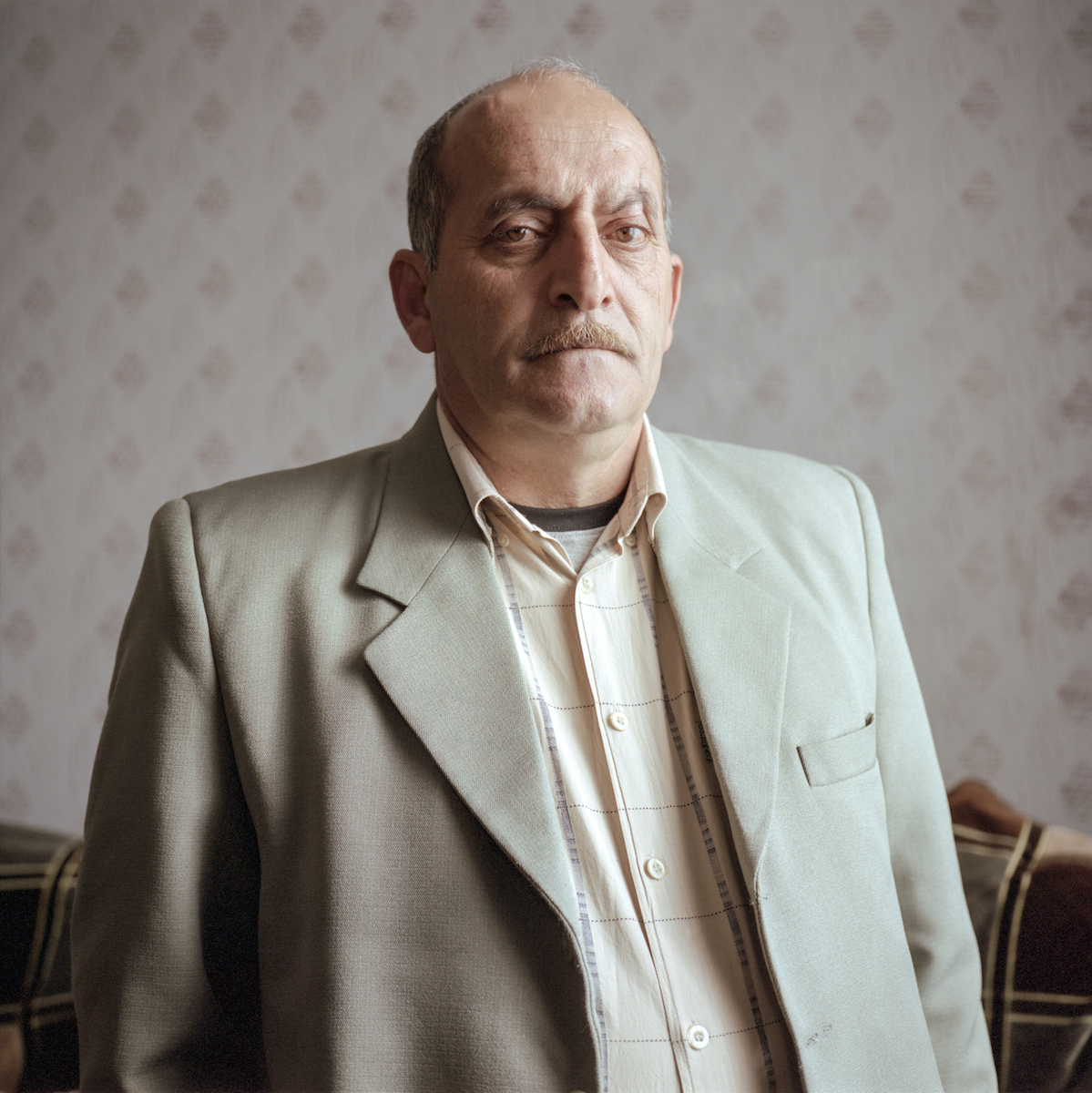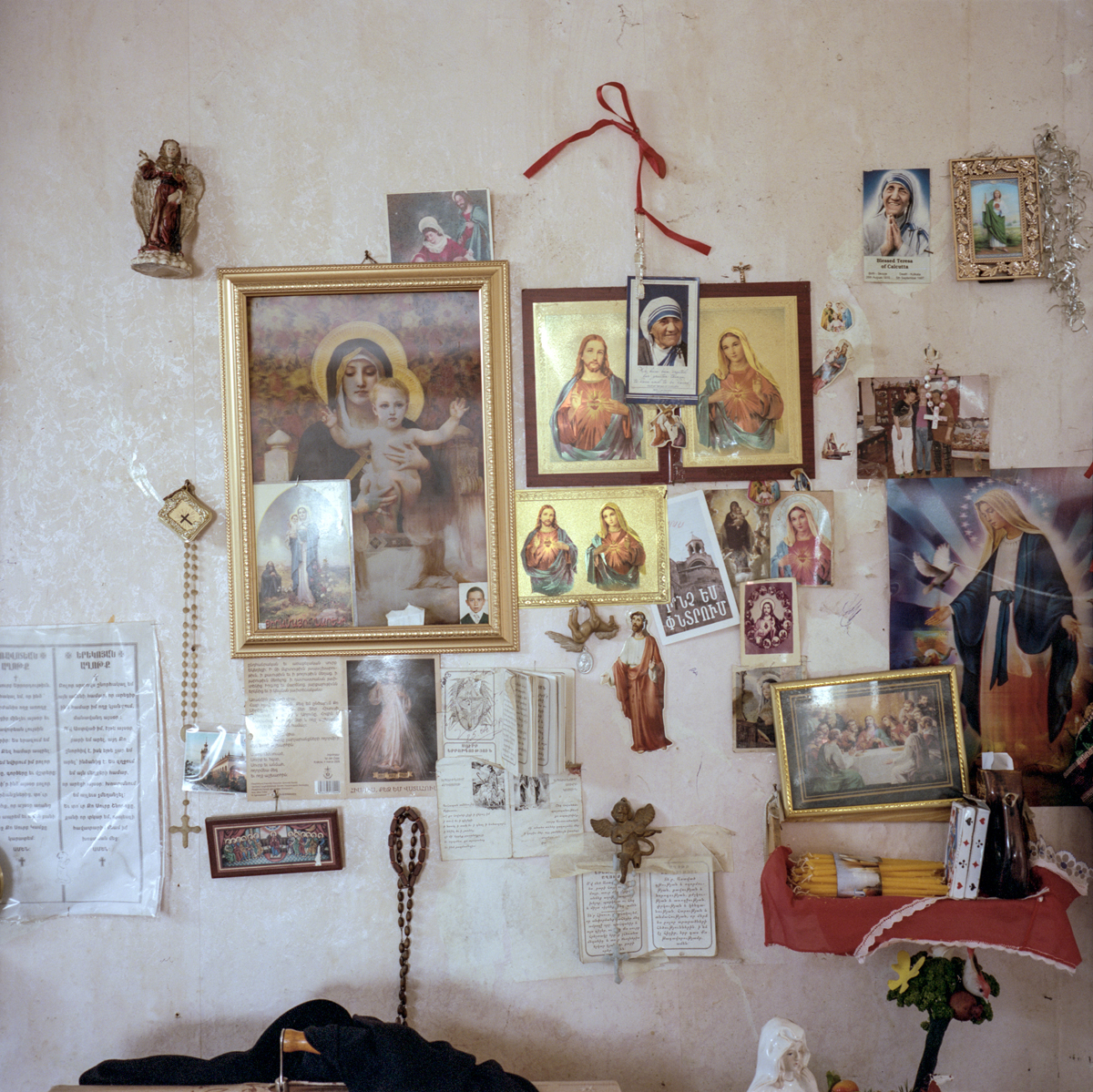Nicolas Blandin (b. 1982) is a self-taught French photographer based in Annecy, France. Passionate about human stories and portraiture, Nicolas aims at creating intimate and engaging visual narratives with an emphasis on the relationship between people, their environments and personal stories. Today we share with you his Armenian series, Shift, made during his two-month stay in Spitak in the winter of 2014. Today we share Nicolas’ series titled Shift.

En Route to Spitak

Prefabricated Shelters, Italian District

Tatul & Grisha’s Bedroom Chandelier

Artur – To make up for a dearth of local job opportunities, many men, like Artur, emigrate to Russia for seasonal work, reuniting with their families during the winter months.
Shift
“Shift is an intimate portrait of contemporary Spitak, Armenia, the city closest to the epicenter of the 1988 Armenian earthquake, which devastated the north of the country (then part of the Soviet Union) at a pivotal juncture in its history. The earthquake, which struck on December 7, 1988 at 11:41 local time, resulted in tens of thousands of deaths (4,003 just in Spitak – out of 18,500 inhabitants), the homelessness of hundreds of thousands more across the region, and the wholesale destruction of many towns and cities, including Spitak itself. The city was subsequently rebuilt over the ensuing decades with the financial and logistical support of international aid, the World Bank, and the Armenian diaspora.
Given the human, material, economic and indelible psychological toll of the earthquake, “Before the quake” and “After the quake” have become chronological concepts akin to “Before Christ” and “Anno Domini.”

Abandoned building on the grounds of “Skazka,” a former Soviet pioneer and holiday resort.

Lusine, heading to the main cemetery.

Portrait of Gevork, Shushik’s son, who died in the earthquake.

Shushik
By interweaving portraits of several generations of Spitak natives with interiors and landscapes, I have attempted to assemble a mosaic that hints at the historical layers and personal narratives embedded in this newly reborn city, while exploring entwined notions of memory and topography; location and dislocation; belonging and identity; and, throughout, resilience in the face of loss and uncertainty.”

Névé

House 27, German district.

Gravestone of a boy who died in the earthquake.

Samvel

Wasteland surrounds the ruins of a former Soviet sugar factory.

Varpetats district, completed in 2010.

Tatul and Rafik, Spitak Pass.
To view more of Nicolas’s work please visit his website.